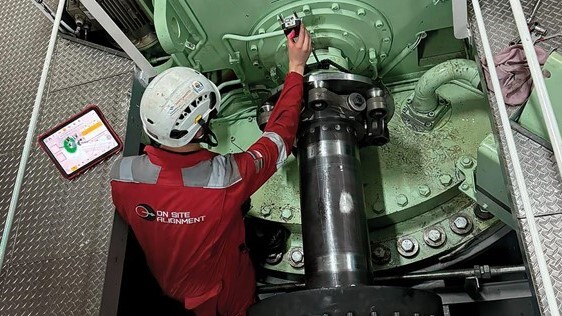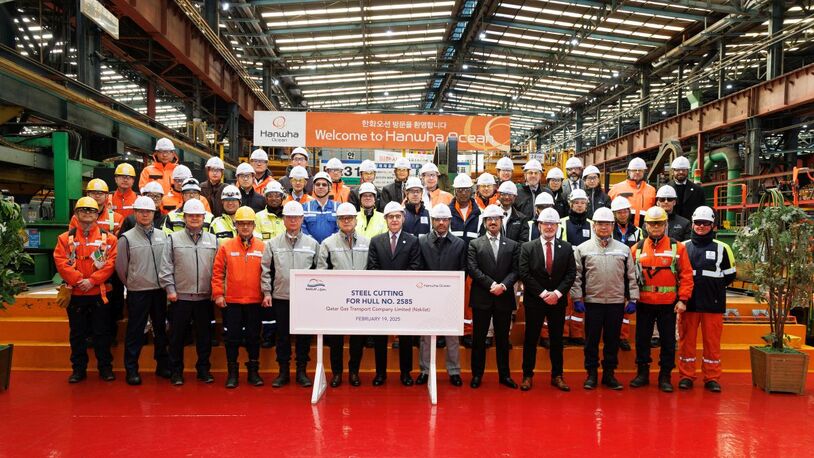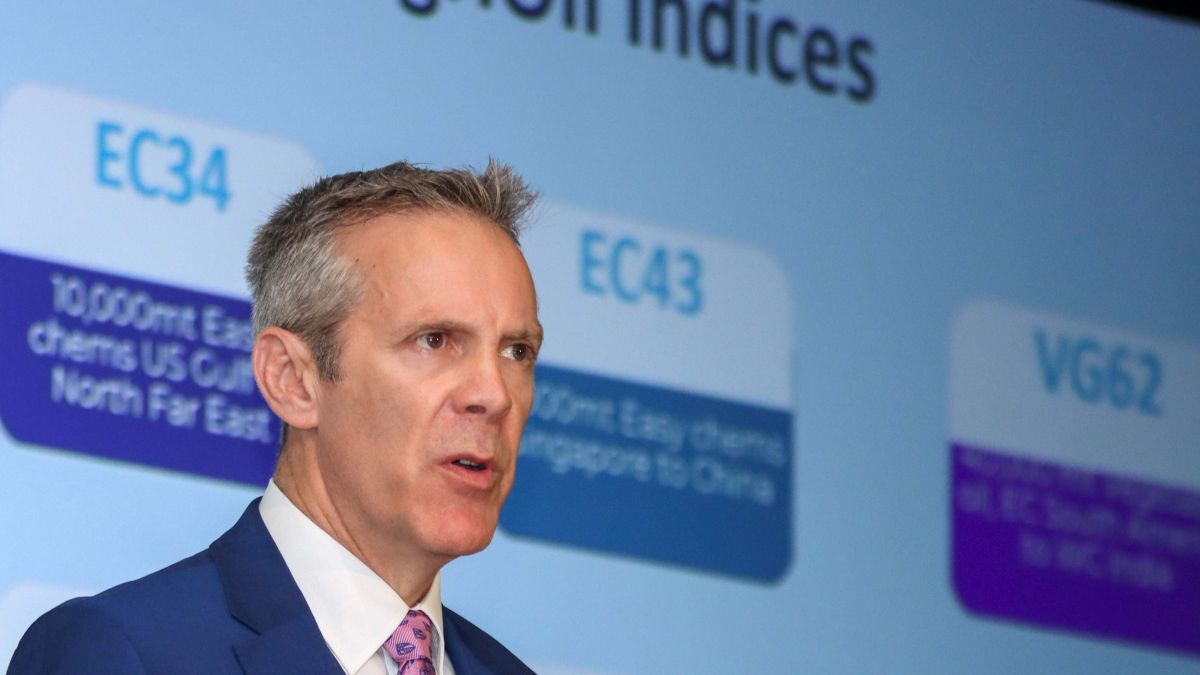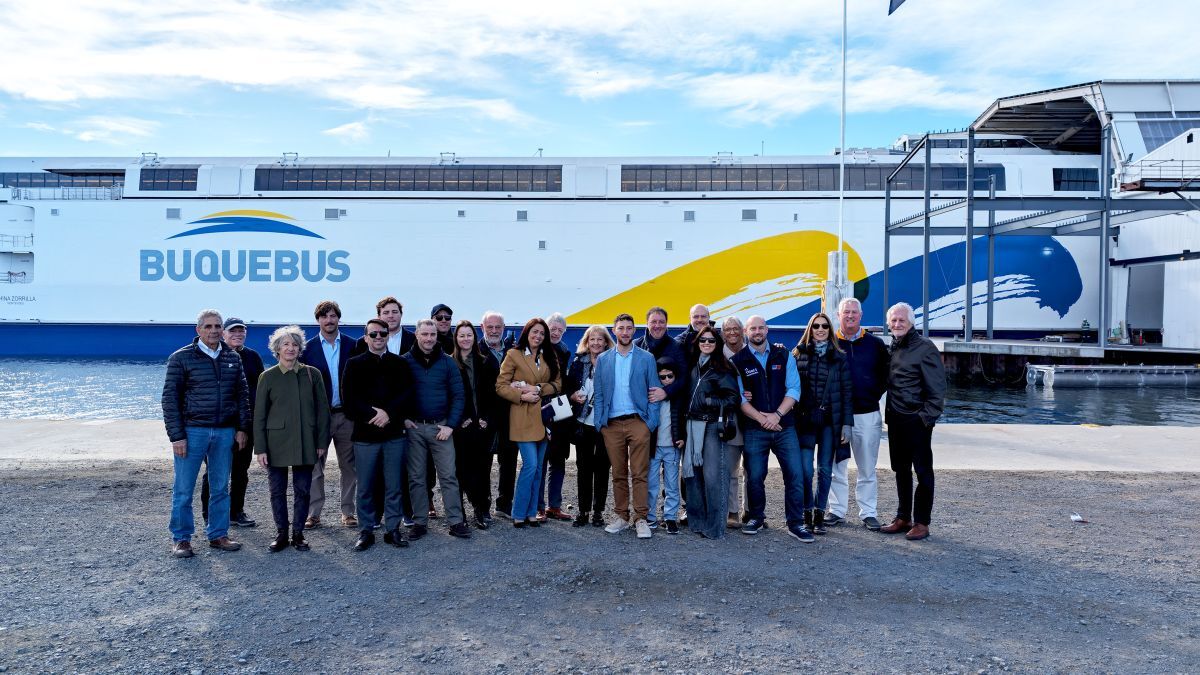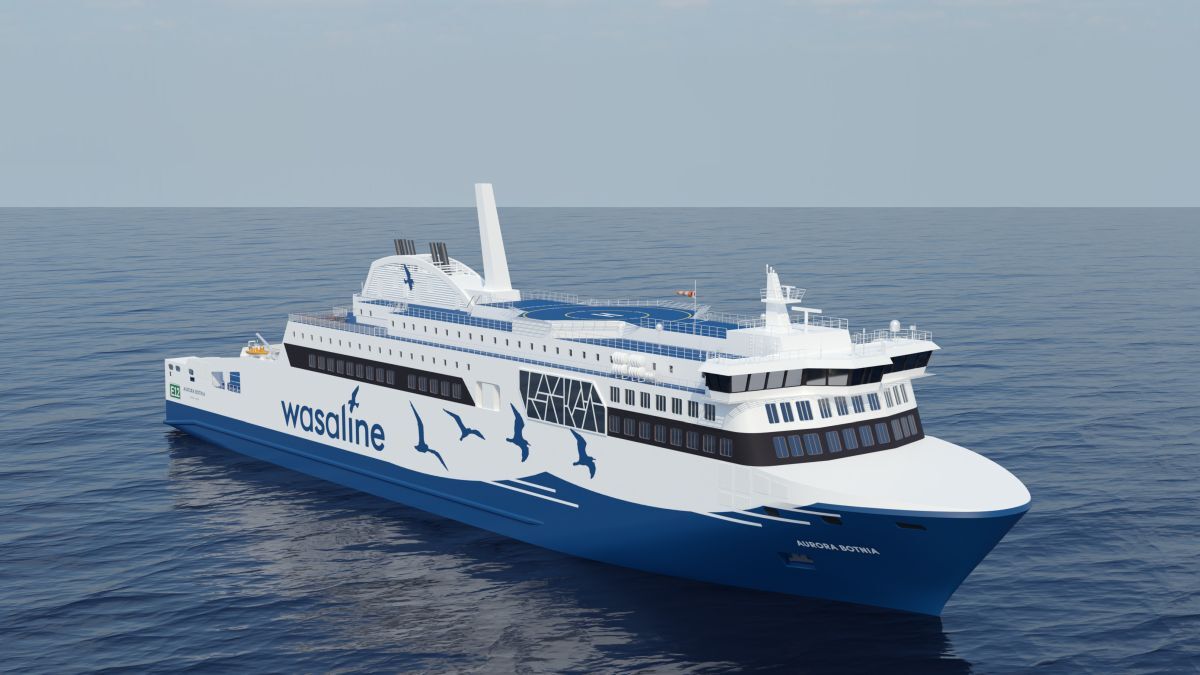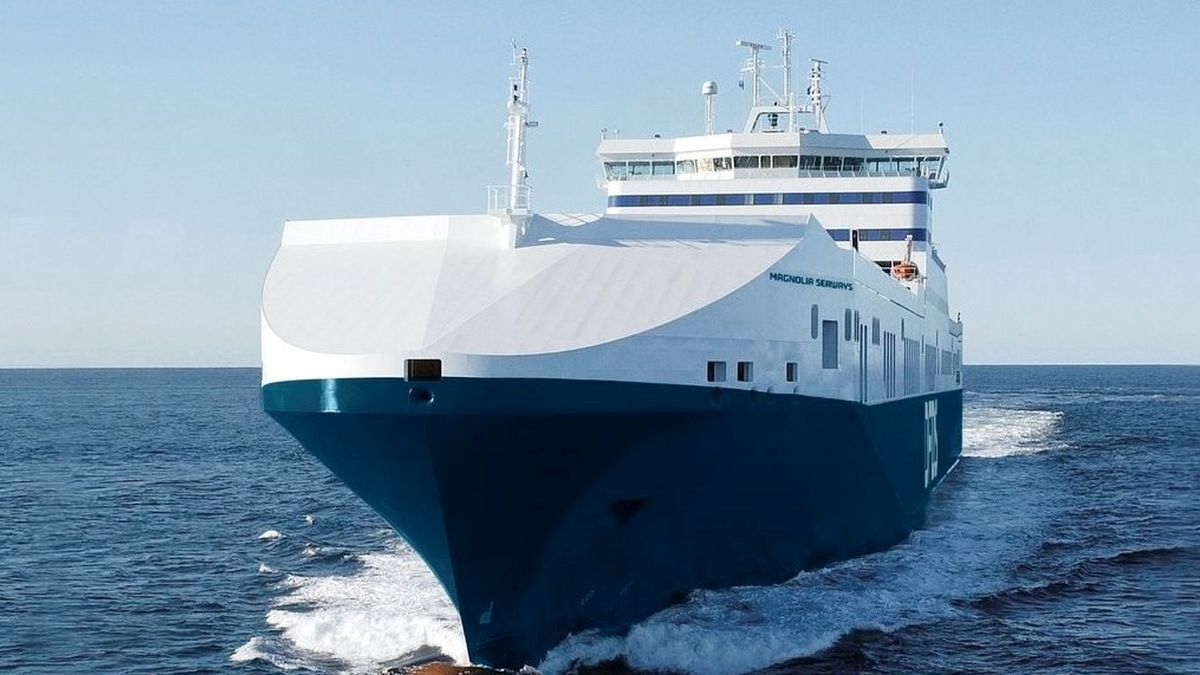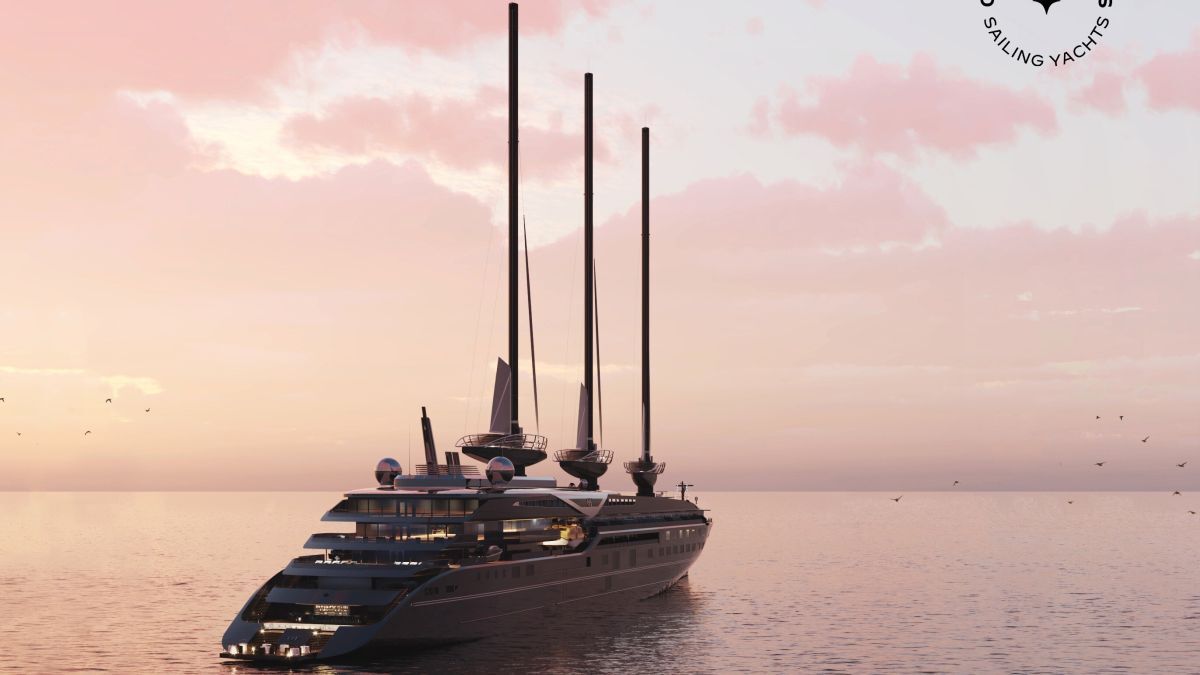Business Sectors
Events
Contents
Mariotti proves the value of high end cruise liner experience
While Italy’s Mariotti yard is experienced in high quality cruise ship construction, building a series of three vessels for Seabourn has radically changed the way it operates, as Susan Parker found on a recent visit
The T Mariotti group began life in 1928, when the shiprepairer, Temistocle Mariotti, founded the company. It was not, however, until 1994 that the Italian yard entered the field of newbuildings and it now specialises in cruise ship and megayacht construction, while retaining its shiprepair business. Third generation family members, Marco Bisagno and Paolo Zanetti, now head up the company and are taking it in interesting new directions.
Over the years, the Genoese yard has built vessels for a number of cruise companies, such as Swan Hellenic, Regent Seven Seas and Silversea. Currently, it is completing the second in a series of three ships for Seabourn Cruise Line (SCL).
The original order, placed in 2006, was for two ships with an all-in cost of US$250 million (£164 million) each, and an option for a third. In November 2007 that option was confirmed, bringing the total contract value for all three to £550 million (£478 million). In May, the 32,000gt Seabourn Sojourn will be delivered, to be followed by Seabourn Quest in May 2011. The first in series, Seabourn Odyssey, set sail in June 2009. The yard is also building a 54m megayacht, Rahil, for delivery to a private owner this year.
During a visit to the latest newbuilding in March, PST was told by Pamela Conover, Seabourn’s chief executive officer and president, that the decision to build the series at T Mariotti was due largely to the fact that the yard specialised in luxury tonnage. In addition, there was “availability when we wanted it” and “they offered us the right deal in a competitive situation.”
Mr Bisagno commented that it was the first time the yard had worked with Seabourn’s parent, Carnival Corp, adding “It has been a very good experience because a lot of people (at Carnival) know very well what a ship needs. They are very competent and for me that is the best.”
Nevertheless, some challenges had to be overcome, including the fact that the trio is being built to IMO’s new damage stability rules, even though construction begun before the new rules took effect. Each also has RINa’s Green Star class notation, which is the highest rating for ships employing advanced waste water treatment technology, Hamworthy being the supplier.
Although the vessel is not built to IMO’s ‘safe return to port’ standards, it does have two fully independent propulsion systems and only small changes would have to be made to the design to comply. “We have already talked to RINa about what we would have to do to meet these rules,” says Mr Bisagno.
During PST’s visit it was apparent that the first, prototype vessel had been a challenge to complete in time for the delivery date. Project manager for SCL for the series, Raoul Jack, said that Sojourn was significantly ahead of where Odyssey had been at the same time in its construction.
Of course, the first in a series is always groundbreaking but in this case T Mariotti had set up a completely new way of operating. In the past the yard subcontracted its hulls to another Italian yard, Visentini, but with this order it decided to set up a joint venture – CI MAR Costruzioni Navali – in San Giorgio di Nogaro with the Cimolai Group for hull construction. The latter was involved with building the Cardiff Millennium Stadium and the Athens Olympic Stadium.
This new yard is in the area of Friuli in north east Italy, between Venice and Trieste. Formerly a potato field, it covers an area of around100,000m2, of which 9,000m2 is undercover for steel or aluminium hulls, with a 200m long quay. An overhead crane with a capacity of 300 tonnes lifts sections onto a Mariotti barge (it cannot take the whole length of a ship). Hence, these hulls are being built in two halves which are then welded together in the Viktor Lenac drydock in Croatia, there being no dock at the Nogaro facility.
Seabourn Odyssey was then floated round to Genoa for the superstructure to be added, whereas Sojourn was floated back to the ‘potato field’ for its superstructure to be fitted. Indeed, the main engines, generators and major equipment were all installed there.
The partial hiving-off of T Mariotti’s activity to the Friuli site, due to the lack of space in Genoa, is considered to be en efficient business model, allowing the company to grow and stay competitive. There is still a hive of activity in Genoa from around 170 directly employed yard workers and approximately 12 subcontractors.
Although the wet units (bathrooms) are prefabricated by Portisa, every one of the 225 suites is handcrafted. Sister company, Gerolamo Scorza, is responsible for much of the interior work. Located inside the port of Genoa, the shipyard covers an area of over 50,000m2, of which 15,000m2 is indoors, while it has access to 1,500m of quays.
The company is diversifying and in 2008 T Mariotti and shiprepairer San Giorgio del Porto formed Genova Industrie Navali (GIN) Holding Co. Through San Giorgio del Porto, GIN recently acquired a repair yard in Marseille, leasing two drydocks able to accommodate ships up to 330m long, which are well suited for cruise ships and ferries, as well as infrastructure and facilities for megayacht construction and refit. Furthermore in February, the company launched Mariotti Yachts, investing more than £9 million, including a manufacturing facility that can handle two yachts up to 65m at the same time. PST
Related to this Story
Events
Maritime Environmental Protection Webinar Week
The illusion of safety: what we're getting wrong about crews, tech, and fatigue
Responsible Ship Recycling Forum 2025
© 2024 Riviera Maritime Media Ltd.

